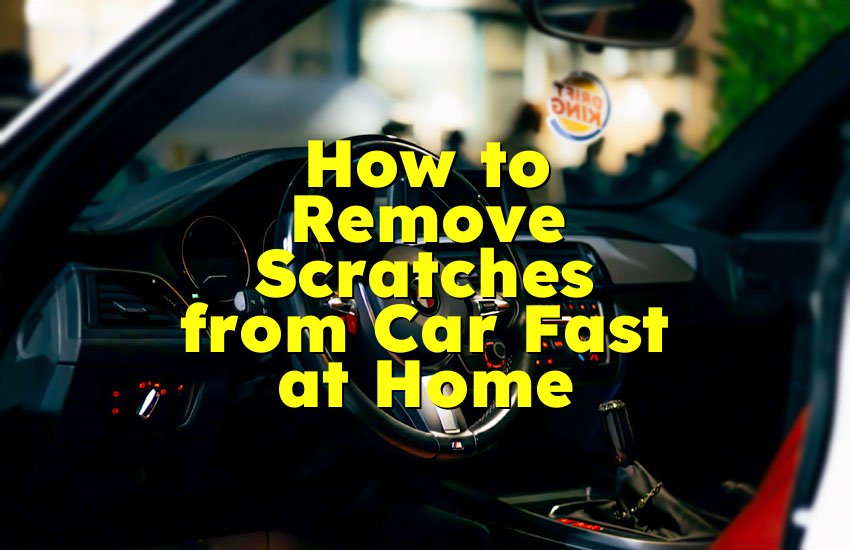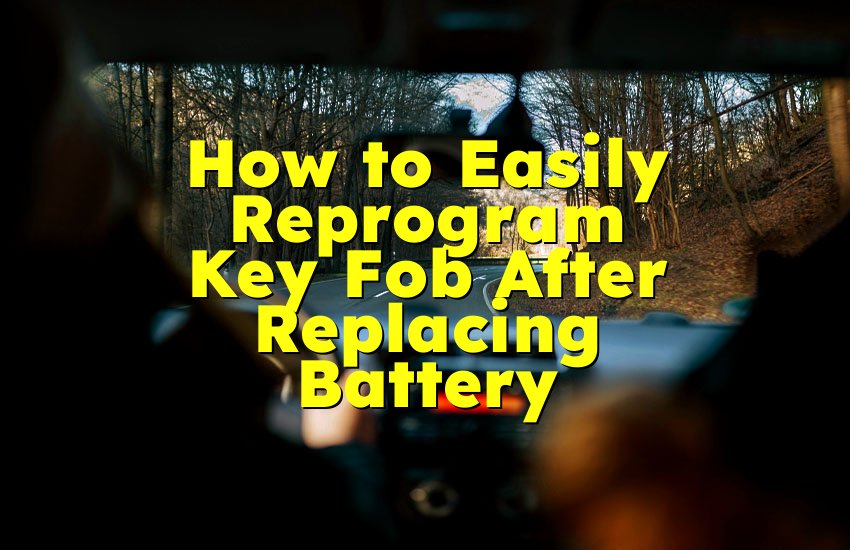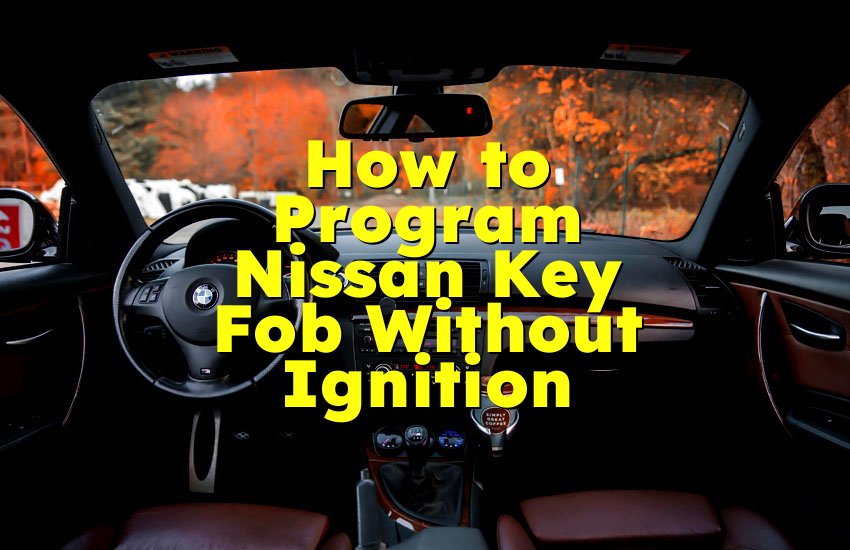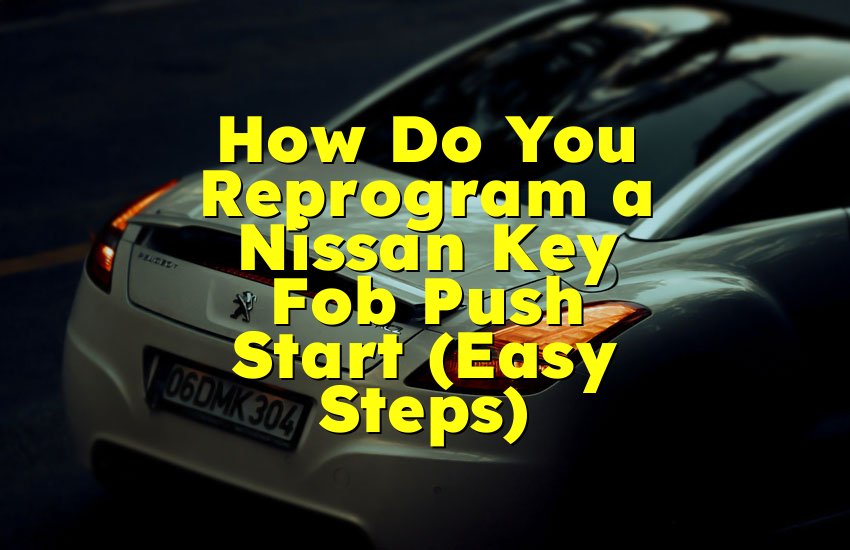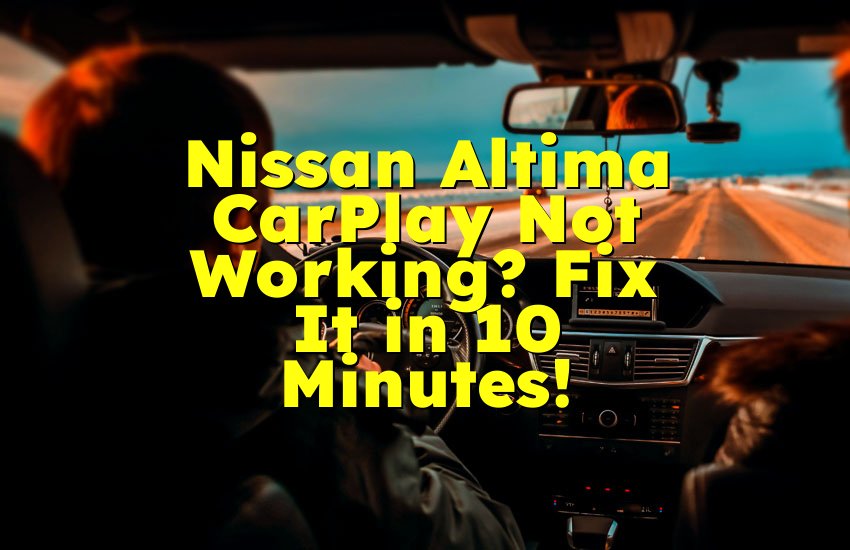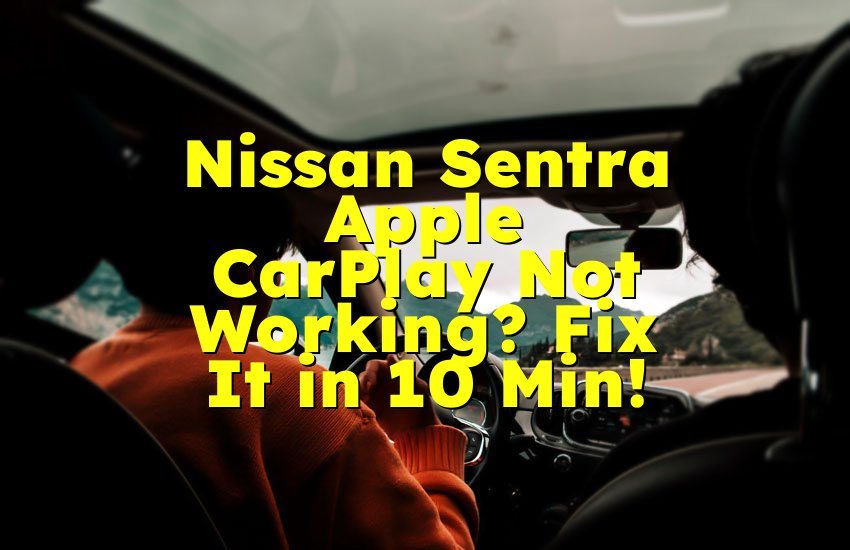As an Amazon Associate, I earn from qualifying purchases at no extra cost to you.
Can You Push Start an Automatic Transmission Car? Expert Advice
You get into your car, turn the key, and nothing happens. It's an automatic transmission, and you think, Can I push start it like a manual? The short answer is no, you can’t push start an automatic transmission car. It won't work the same way it does with a manual car. If your automatic car won't start, there are other ways to fix the problem. In this article, you'll learn step-by-step what you can do instead and how to handle this situation like a pro.
Understand Why Automatic Cars Can’t Be Push Started
Automatic transmission cars are very different from manual cars. In a manual car, you can push it and release the clutch to start the engine. But in an automatic car, things work in another way. An automatic car depends on a torque converter, not a clutch.
This torque converter uses fluid to move power from the engine to the wheels. If the engine is not already running, the fluid does not move, and that means no power can go to the wheels. So, pushing the car won’t help at all.
Also, automatic cars need the battery to power many parts before the engine even starts. Things like the fuel pump, computer system, and sensors all need battery power. Without the battery, they can't work, and the car won't start, no matter how hard you push.
The design of the transmission is the main reason why push starting won't work. The gears and connections inside are built to move with power from the engine, not the wheels. So if the engine is off and you try to push it, the internal parts of the transmission won't move the right way.
There are some very rare types of automatic cars (older ones) that might be push started under specific conditions. But those cars are almost never seen anymore. Most modern automatic cars cannot be started this way at all.
Some people have tried push starting an automatic car down a hill or by towing it with another vehicle. But this is not safe. It can damage your transmission. It can even cause accidents. The risk is not worth it.
If your automatic car won't start, it's better to use safer methods. You can jump-start the battery using another car or a jump starter box. Or call for roadside help. These are smart and safe options.
- Automatic cars use a torque converter, not a clutch
- You can't push start because no fluid moves when the engine is off
- Important systems like fuel and ignition need battery power
- Modern automatic cars can’t be started this way
- Trying to push start can damage your transmission
- Use jump start or call for help instead
Check the Battery First Before Trying Anything Else
Most of the time, when an automatic car won't start, the problem is with the battery. So the first thing you should check is the battery. If your car lights are dim or not turning on at all, your battery might be dead. Even if the lights turn on, the battery can still be too weak to start the engine.
You can look at the battery under the hood. Check if the cables are connected tight. If they are loose or have dirt on them, the battery might not send power correctly. Clean the battery terminals with a dry cloth or brush. Make sure everything is tight.
If you have a multimeter, use it to check the battery voltage. A full battery should read around 12.6 volts. If it shows under 12 volts, it's too weak to start the car. That means you will need to jump start the car.
To jump start, you need jumper cables and another car with a working battery. First, connect the red cable to the dead battery's positive terminal. Then connect the other red clamp to the helper car's positive terminal.
Next, connect the black cable to the helper car's negative terminal. Last, connect the other black clamp to a metal part of your car (not the battery). Then start the helper car. Wait for a few minutes, and then try to start your car.
If the car starts, leave it running for at least 20 minutes to let the battery charge. If it doesn't start, the battery might be too far gone, or the problem might be somewhere else like the starter or fuse.
Sometimes, your battery can die due to old age. Most car batteries last 3 to 5 years. If your battery is old, it's time to replace it. Some batteries just stop working without warning.
- Check lights and electronics to see battery health
- Clean battery terminals and make sure cables are tight
- Test voltage with a meter if possible
- Use jumper cables with another car to start
- If it works, let engine run to charge the battery
- Replace the battery if it's old or fully dead
Make Sure the Car Is in the Right Gear and Position
If the battery is fine and the car still won't start, make sure the gear is in the right position. Automatic cars need to be in ‘P’ (Park) or ‘N’ (Neutral) to start. If it's in any other gear, the car will not start. This is a safety rule built into every automatic car.
Sometimes, the gear shifter might look like it’s in Park, but it’s not fully clicked into place. Push the shifter firmly into Park, and then try starting the car again. If that doesn’t work, try shifting to Neutral and start the engine. Sometimes, Neutral works even when Park doesn't.
There's also something called a brake switch. This switch tells the car that your foot is on the brake. If this switch is broken, the car might not let you start. Try pressing the brake pedal harder and see if that helps. If not, the switch might need to be checked or replaced.
Another issue could be the shift interlock system. This system stops you from shifting out of Park unless your foot is on the brake. But sometimes, it also stops you from starting if it’s not working right. You may need to press a small release button near the gear shifter to fix this.
Also, make sure your steering wheel is not locked. If you turn off the car with the wheels turned, the steering can lock up. This can stop the key from turning. Try turning the steering wheel left and right gently while turning the key.
All of these small things can block the car from starting, even if the battery is good. So always double check.
- Make sure the gear is in Park or Neutral
- Push shifter firmly if it feels loose
- Try starting in Neutral if Park doesn't work
- Press the brake pedal hard
- Check for broken brake switch
- Unlock steering wheel if stuck
- Use shift interlock release if needed
Try Using a Portable Jump Starter
If you can't find another car to help, a portable jump starter is a great tool. These small battery packs can start your car without any other help. You just carry it in your car and use it when the battery is dead. They are easy to use and very helpful when you’re stuck alone.
First, make sure the jump starter is fully charged. Most of them have a light or screen to show the charge level. Then, open your hood and find the battery terminals. Connect the red clamp to the positive terminal, and the black clamp to a metal part of the car or the negative terminal if your manual says so.
Turn on the jump starter, wait for a few seconds, and then try to start your car. If the car starts, remove the clamps in reverse order. Let your car engine run for a while to charge the battery.
Portable jump starters are very safe if you follow the instructions. Some of them even have safety alarms if you connect the clamps the wrong way. Others have flashlights and USB ports to charge your phone.
You can buy a jump starter at most car parts stores or online. They come in different sizes and prices. Choose one that works with your car's engine size. Bigger engines need more power to start.
Having a jump starter can save you from waiting for roadside help. It's especially helpful at night or in bad weather. Many people carry one in their trunk just in case.
- Charge the jump starter fully before use
- Connect red to battery positive, black to car metal
- Turn on the starter and start your car
- Remove clamps after engine starts
- Let the engine run to charge the battery
- Very helpful tool to carry in your car
Call for Roadside Assistance if Nothing Works
Sometimes, no matter what you try, the car just won't start. And that's okay. That's why there are roadside assistance services. If you have car insurance or a car warranty, you might already have this service included. Even without it, you can call a local tow truck or mechanic.
When you call roadside help, they will ask where you are and what's wrong with the car. Tell them if you already tried a jump start or if the battery is dead. They can bring a jump pack, tools, or tow your car to a garage.
If you’re in a parking lot or on the side of the road, stay safe. Turn on your hazard lights. Stay inside your car if it's dark or the area feels unsafe. Help is usually quick and professional.
Having a membership with a roadside help company like AAA can make this process even easier. They often arrive faster and can fix simple problems on the spot.
This option is the best when you don't have tools or you're not sure what the problem is. Don't try to push start the car. It won't work and it might hurt the car more. Let the experts handle it.
- Use your insurance or warranty if it includes roadside help
- Stay safe while waiting for help
- Tell them what you already tried
- Let professionals handle dead batteries or other issues
- Do not try pushing automatic car
- AAA or local services are fast and helpful
Take the Car to a Mechanic for Deeper Problems
If your car still won't start after trying everything, then something deeper might be wrong. This could be the starter motor, ignition switch, fuse, or even a computer issue. These problems need a mechanic to look at.
A mechanic has tools to check everything in detail. They can see if the battery is holding a charge. They can test the starter to see if it clicks. They can look at the engine codes with a scanner to find hidden problems.
Many times, problems hide inside the fuse box. A bad fuse can stop the whole car from starting. A mechanic knows where to look. They can fix or replace bad fuses, switches, or relays.
In some cases, the car's computer system might need to be reset. This is not something most people can do at home. The mechanic will use a special computer tool to reset everything.
Getting your car checked quickly is smart. Waiting too long can make things worse. It might damage the battery more or cause more repairs. Fixing a small issue now can save money later.
- Deeper problems may need a professional mechanic
- Could be the starter, fuses, or ignition system
- Mechanics can scan for hidden error codes
- Resetting the computer needs special tools
- Fixing early saves bigger problems later
- Don't delay if car still won't start after trying everything
Final Thoughts
Push starting an automatic car is not possible like with manual cars. The best thing to do is check the battery, use a jump starter, or call for help. These methods are safe and smart. Don't try to push the car yourself. It can damage your car and won't work. Always think of your safety first. Keep your battery healthy, and carry tools like a jump starter. When in doubt, call a mechanic or roadside help. They know what to do and can fix the problem the right way.
Frequently Asked Questions (FAQs)
Is it possible to push start an automatic transmission car?
No, it’s not possible to push start a modern automatic transmission car. Automatic cars use a different system than manual cars. They don't have a clutch that you can use to force the engine to turn over by moving the wheels. Instead, they rely on a torque converter that only works when the engine is already running. If the battery or starter fails, you need to jump start the car or call for help. Trying to push it won't work and may cause damage.
Can I use jumper cables to start an automatic car?
Yes, you can use jumper cables to start an automatic car. This is the best method if your battery is dead. You need another car with a good battery to connect the cables. Always connect the red cable to the positive terminals and the black cable to the negative or metal part. Once the cables are connected, wait a few minutes and try to start the car. If it works, let it run to charge the battery. It's safe if done the right way.
Do I need to be in neutral to jump start an automatic car?
No, your car should be in Park when jump starting an automatic car. You don’t need to shift to Neutral. Park is the safe gear where the car won’t move. It also lets you start the engine. If the car doesn't start in Park, then you can try shifting to Neutral, but that's only in some rare cases. Most of the time, jump starting in Park works fine. Make sure your foot is on the brake when doing it.
Is it safe to push an automatic car downhill to start it?
No, it's not safe or useful to push an automatic car downhill to start it. Unlike manual cars, automatic cars can't start this way. They need electrical power from the battery to run the fuel pump and ignition. Even if you get the wheels moving fast, the engine will not turn on. Plus, going downhill without power steering or brakes can be dangerous. It's better to use a jump starter or call for help. Pushing can also damage the transmission.
Can a dead battery cause the key not to turn?
Yes, a dead battery can sometimes stop the key from turning, especially if your car has an electronic ignition system. Many modern cars have locks and steering systems that need battery power to unlock. When the battery is dead, the system stays locked. Also, if the steering wheel is locked, it can stop the key from turning. Try turning the wheel gently while turning the key. If that fails, you'll need to jump start the battery or replace it.
Do I need a mechanic if the car won’t start after a jump?
Yes, if your car doesn't start after a jump, a mechanic should check it. A jump should work if the problem is only the battery. If it still won't start, there may be a bigger issue like a bad starter motor, bad fuse, broken ignition switch, or computer error. These problems need tools and skills to fix. Don't keep trying to jump the car. Let a mechanic check it before more damage happens.
Can I use a power bank to jump start my car?
Only if it’s a special car jump starter power bank. Normal phone power banks do not have enough power to start a car. Car jump starters are made with higher power for car engines. They come with clamps and are safe to use if you follow the guide. Make sure it is charged and strong enough for your car engine. They are good to carry in your trunk for emergency times and can help when no other car is near.
Do I risk damage if I try to push start my automatic car?
Yes, you risk damage if you try to push start your automatic car. Automatic transmissions are not made to start by moving the wheels. Trying to do so can damage the gears and other parts inside. It also puts you in danger if you’re pushing on a road or hill. The best and safest way is to use jumper cables or a jump starter. If those don't work, call for roadside help or a mechanic.



